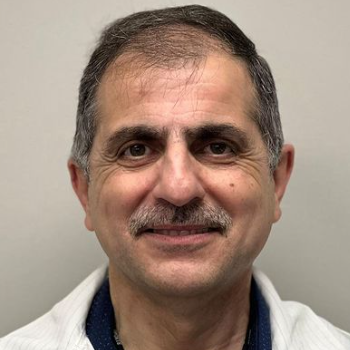Patients should make frequent trips to the dentist for teeth cleaning treatments. In order to maintain good dental health and make sure that plaque and tartar have not accumulated on teeth, professional cleanings are required. Gum disease prevention can also be aided by routine cleanings.
Usually performed twice a year, professional dental cleanings in Dearborn are a normal process that thoroughly cleans teeth in a way that people are unable to accomplish at home. The process normally takes 30 minutes, but it could also take closer to 60 minutes depending on how healthy your teeth are and the amount of plaque that needs to be removed.
The general process of a professional cleaning is explained in detail in the instructions that follow.
Step 1: The Examination
The entire mouth will be examined by a dental hygienist before any teeth are cleaned. The hygienist will examine your teeth and gums in front of a mirror to look for any indications of gum disease or other dental issues.
A hygienist may inquire about any dental problems you may have during this examination. The dental hygienist may schedule an appointment with a dentist in Dearborn if they observe any uncommon issues, such as black patches on your teeth.
Step 2: X-Rays
Patients who are new to the practice or who haven’t had dental dental cleanings near you in more than six months should typically take this step. Digital X-rays look for oral health problems such as gum disease, tumors or cysts, bone loss, tooth movement, tooth decay, and so on. The results of this test will indicate what kind of dental care is ideal for you.
Step 3: Eliminating Plaque and Tartar
A dental hygienist will use a scaler, a handheld instrument, to remove plaque and tartar from tooth surfaces while using the mirror. A hygienist may remove tiny tartar deposits by hand-scaling the area. On the other hand, an ultrasonic scaler can be employed in the event of a substantial tartar deposit. Large quantities of tartar around your teeth can be removed with this electronic scaler by gently vibrating in tandem with a stream of water.
Step 4: Refining
The teeth are polished to get rid of any last stains after tartar and plaque have been eliminated. The hygienist uses a strong toothbrush and specialized, gritty toothpaste. There is a large selection of toothpaste flavours available. Once you have fully cleaned your teeth, apply the paste to your toothbrush. It is impossible for plaque to accumulate when using this polish. Additionally, it leaves your teeth smooth, bright, and clean.
Step 5: Comprehensive Flossing
Getting your teeth cleaned professionally is just as important as flossing at home. Professional flossing cleans the spaces between your teeth, especially the problem areas. Expert flossing eliminates any residual plaque that could have been challenging to eliminate after polishing. You’re at-home flossing habits may also have an impact on the amount of flossing that is necessary.
Step 6: Fluoride
Following scaling and polishing, a fluoride treatment may be suggested by your dentist near you. Dentists utilize fluoride, a mineral, to fortify the enamel and shield your teeth from decay caused by acidic environments.
Need to Book Your Next Dental Cleaning?
Depending on the state of your smile after cleaning your teeth, your dentist might want to give your teeth and gums one final assessment. In this step, your tooth alignment will be examined, and gum disease and grinding problems will be looked for. The x-rays will also be examined by the dentist to check for any further dental issues.
At Hashwi Dental, we are here to aid you with your dental health. If you’re looking to schedule your next appointment, we encourage you to give our practice a call today!
We’re excited to work with you!

